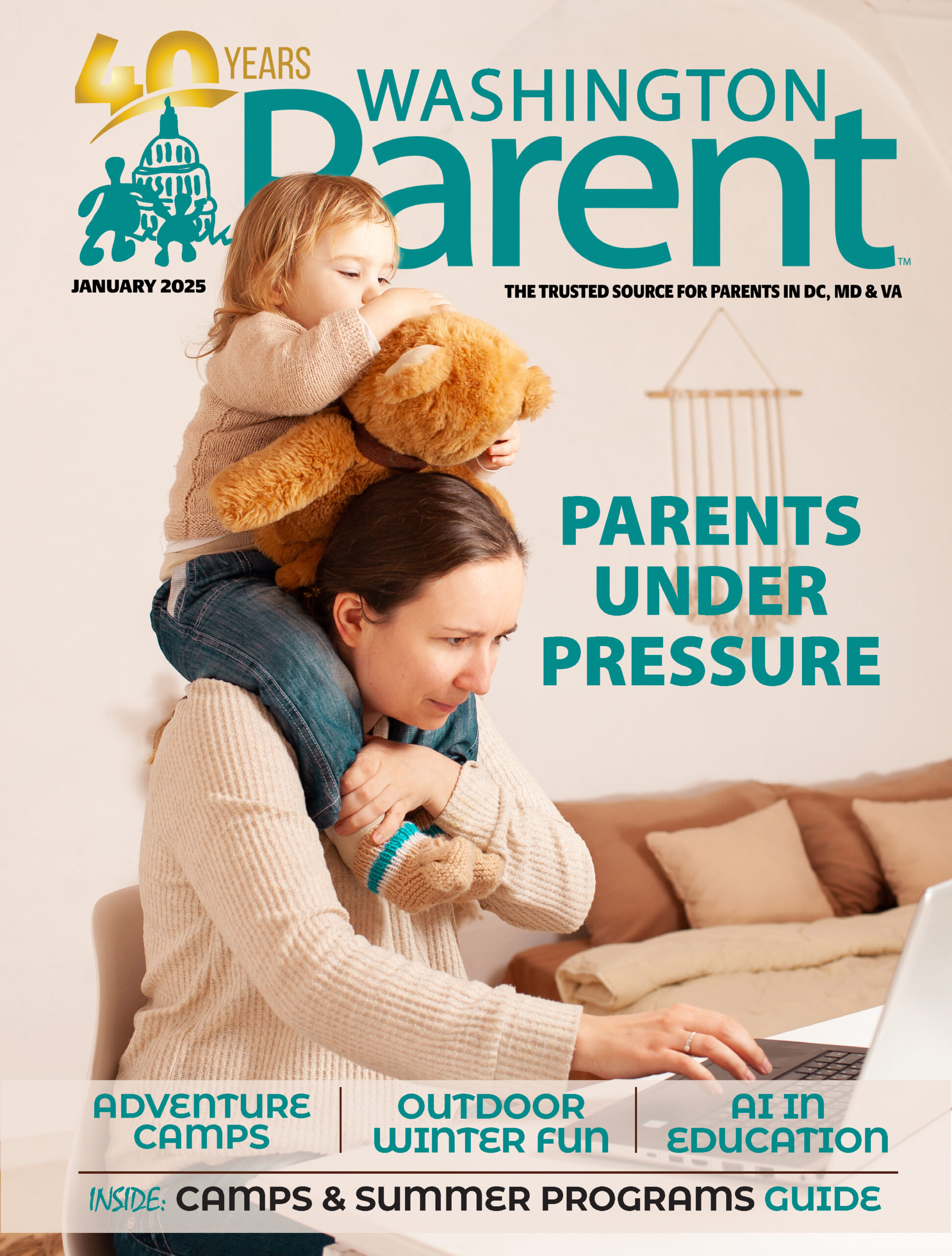Next year my twins will be entering the ninth grade, their first year of high school. Their grades will soon “count” if they apply to colleges. The type of high school they attend will also be a considered factor by the college admission boards.
I attended a typical public high school, but my husband attended a public magnet high school, after going to a private school for elementary through middle school. We both feel as if we received a good high school education that prepared us for college, but since we attended different types of high schools we wanted to explore all of the options for our twins.
Our different upbringings led to a discussion about what type of high school would be best for our twins. We also are considering if they should attend the same school since they have different needs and personalities.
Before trying to answer those questions, we researched all the different types of high schools. Even though I’m focusing on high schools, most of these options are also available at younger grades.
TYPES OF SCHOOLS
Public
Public schools offer a free education to students living within the school district. The funding for public schools is from local, state and federal tax dollars. These schools are supervised by local government authorities. There are different types and options of public schools, such as school choice, vouchers, tax-credit scholarships, magnet and charter schools.
School Choice: Some public schools offer school choice which means you can attend a school outside of your district. The school is still free, but normally you provide transportation. Most schools have a limited number of openings. Students are selected based on a lottery system.
Vocational Schools: Vocational schools are free public high schools that offer specific trade or career training programs. In the past, these programs focused on mechanics, carpentry, plumbing and construction, but now some schools offer other trades such as engineering, performing arts and nursing.
Vouchers: Vouchers are a type of school choice. Currently, 12 states and Washington D.C. have a voucher program. Vouchers are issued to students who can then use them to pay for private school tuition. The amount of money received through a voucher varies by state and may cover part or all of the private school tuition.
Tax-Credit Scholarships: This is another type of school choice; 17 states offer this program. These programs enable people and businesses to pay some of their state taxes to private, nonprofit scholarship-granting organizations that issue scholarships to K-12 students. Similar to a voucher, a student uses a tax-credit scholarship to pay for private school tuition.
Magnet: Magnet schools are free public schools that are highly selective and competitive. Students must submit applications and complete tests to be admitted.
Charter: Charter schools are free public schools that are independently run by teachers, parents, community leaders and businesspeople. Charter schools do not adhere to the same rules and regulations as a typical public school. These schools receive funding from the sending public school, state and federal grants and private fundraising.
Private
A student must pay tuition and submit an application to attend a private school. A private school is funded by student tuition payments, endowments, grants and donations. Some private schools are affiliated with a religion.
Home School
A home school is when a student is educated at their home by a parent, tutor or online program. States regulate and have requirements for home schools.
Factors to Consider When Making a Decision
Cost: If you are unable to afford the private school tuition, for which the national average is $10,000 per year, then you are limited to the free public school options. Depending on the state you live in, you could use vouchers or tax-credit scholarships to help fund the tuition. Another consideration is the cost of transportation to the public school if it’s not your neighborhood school.
School Size: The class size may be an important factor if your teen is easily distracted or requires assistance to learn. Even though public schools can make accommodations for students with special needs, sometimes a smaller class is more helpful to the child. A private school usually offers small class sizes.
How Your Teen Learns: If your teen is more of a hands-on learner, then they may benefit from attending a vocational school, charter school or other similar less-traditional public school. Whereas if your child thrives from competition, they might benefit from attending a magnet school.
Friendships: Friends are a key component for teens in developing their identity. Through their friend relationships, they can learn about trust, respect and acceptance. As you are considering schools you should have your teen visit for the day to see how they interact with the other students. Also find out about the social clubs, sports and other activities offered.
School Reputation: There are many different resources for comparing a school’s reputation, including the school’s graduation rate, spending per pupil and college readiness. Some websites that review these factors are U.S. News and World Report, GreatSchools.org and the National Assessment of Educational Progress (NAEP).
What Will We Decide?
After my twins receive their grades this year, we will determine if their educational needs are best being served at their current school. We will discuss with them the factors such as class size and ways they feel they learn best. Then we will visit other schools in the surrounding area to compare those options to their current public school.
We will also ask our twins which type of school they would prefer to attend, since they are the ones that will be going there. Since we are actively involved in their education, hopefully any school they attend will help prepare them for college or the workforce.
This article was originally published on Your Teen.


